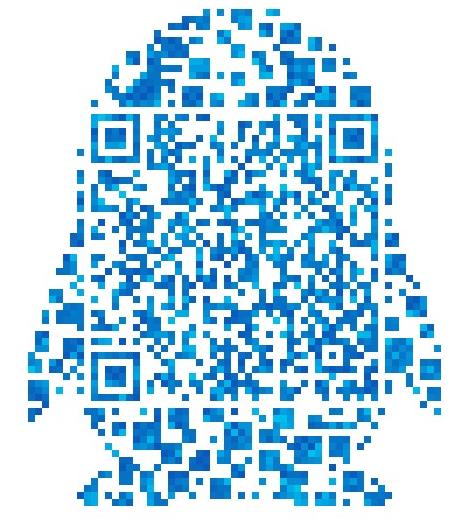商务口译课程学习者混合式学习模式的理论探索
信息化环境下兴起的混合式学习(Blended Learning),是将传统的课堂教学与在线学习的优势相结合的学习方法, 它包含四个层次: 线上与线下的混合, 基于学习目标的混合,学与习得混合以及学习与工作的混合。口译课程教学不同于其他语言的教学,它涉及视、听、写、译各个方面的能力与技巧,涉及语言知识与主题知识的综合运用。口译教学要求学生进行大量的视听写译的实践,而这些实践包括线上训练以及线下训练等。这种特点决定了口译教学适合运用基于网络环境的混合式教学模式。而科学的理论对实践具有指导作用,混合式学习模式的理论探索也能为混合式学习的实践提供科学的指导。本课题拟从建构主义学习理论、人本主义学习理论、掌握学习理论,学习风格理论,学习金字塔理论等方面,以商务口译课为对象,探索基于口译学习者的混合式学习模式的理论。
关键词 学习模式,混合式学习,混合式学习模式,理论探索
1 Introduction 1
2 Blended Learning Mode in Business Interpreting Course 2
2.1 Learning Mode 2
2.2 Blended Learning Mode 3
2.3 The Characteristics and Learning Mode of Business Interpreting 5
2.4 Blended Learning Mode in Business Interpreting Course 6
3 The Theoretical Exploration of Blended Learning Mode 6
3.1 The Reason and Significance of the Theoretical Exploration of Blended Learning Mode 6
3.2 The Theoretical Exploration of Blended Learning Mode 7
3.2.1 Constructivism 7
3.2.2 Humanitism 8
3.2.3 Cone of Learning Theory 9
3.2.4 Mastery Learning Theory 10
3.2.5 Learning Style Theory 11
Conclusion 13
Acknowledgements 14
References 15
1 Introduction
Interpreting is regarded as translational activity, as a special form of Translation. Within the conceptual structure of translation, interpreting can be distinguished from other types of transitional activity most succinctly by its immediacy: in principle, interpreting is performed ‘here and now’ for the benefit of people who want to engage in communication across barriers of language and culture(Franz, P. , 2009). As the international business activities become more and more frequent, the demand of business interpreters for the market is accordingly on the rise. Accordingly, learning interpreting well is becoming urgent nowadays. While traditional learning mode of interpreting, which focuses only on teachers’ instructions and students are used to learning in the simplest way-passive acceptance, is easy to expose its disadvantages through a long period of development. Students are easy to get tired of this single learning mode. They would sneak off in interpreting class and gradually lose interest in interpreting. Therefore we need to introduce a new kind of learning mode-Blended Learning Mode, rising from the information age, combines the advantages of traditional learning mode with those of online learning.
As is known to all, theory is derived from practice, so the former can give an guidance to practice. The so-called theory is a systematic understanding system in which people express the nature and regularity of things by means of a series of concepts, judgments and inference. Marxist Philosophy holds that scientific theory is of great guidance on practice, so the theoretical exploration of Blended Learning Mode can also provide scientific learning methods for both teachers and students(曹永国, 2003). Through exploring the theories of Blended Learning Mode, we would get a new way to learn Business Interpreting based on what we have studied already, that is the combination of traditional classroom learning and online-learning. If interpreting teaching and learning can be guided by Blended Learning Mode, teachers would be able to train students in learning interpreting in accordance with relevant methods suggested in Blended Learning Mode.
2 Blended Learning Mode in Business Interpreting Course
2.1 Learning Mode
Learning mode is such kind of method through which an individual can reach his optimal learning state. The idea of learning mode derives from the 1870s and has got popularized in recent years. Learning mode theory proposes that teachers should evaluate their students’ learning styles and adjust classroom-teaching methods to each student (管艳郡, 2013).
One of the most common classifications is to divide learning modes into three types according to physiological perception: visual mode, auditory mode and tactile mode (马武林,张晓鹏, 2011).
Visual mode, in other words, is learning by seeing. Such kind of learners account for nearly 40% of the total statistically. There are several major characteristics of visual mode. First of all, visual mode tends to use charts, tableau, pictures and other examples to learn knowledge. More attention will be paid to the presentation of the facial expressions and body language. Compared with oral reports, it tends to written reports or printed reports. When in a meeting or a seminar, a speech draft or an outline is expected to be prepared under the visual mode. Last but not the least, visual mode requires learners to remember others’ appearance instead of their names. Hence there are some learning suggestions according to its characteristics. In the first place, use colored pens to highlight the important parts in textbooks or in notebooks, which will to a great extent help learners get what is significant and what is not that important, saving them a lot of time. Moreover, make notes while listening or learning by themselves and use charts or sketches as frequent as possible to help remember what have learned. If it is possible to learn with the aid of relevant video or other tools, then make it as your first choice. During the process of memory, analogy what you have just learned with visual objects. If you fail to make it, then take full advantage of your imagination.
原文链接:http://www.jxszl.com/wgy/yy/27153.html



